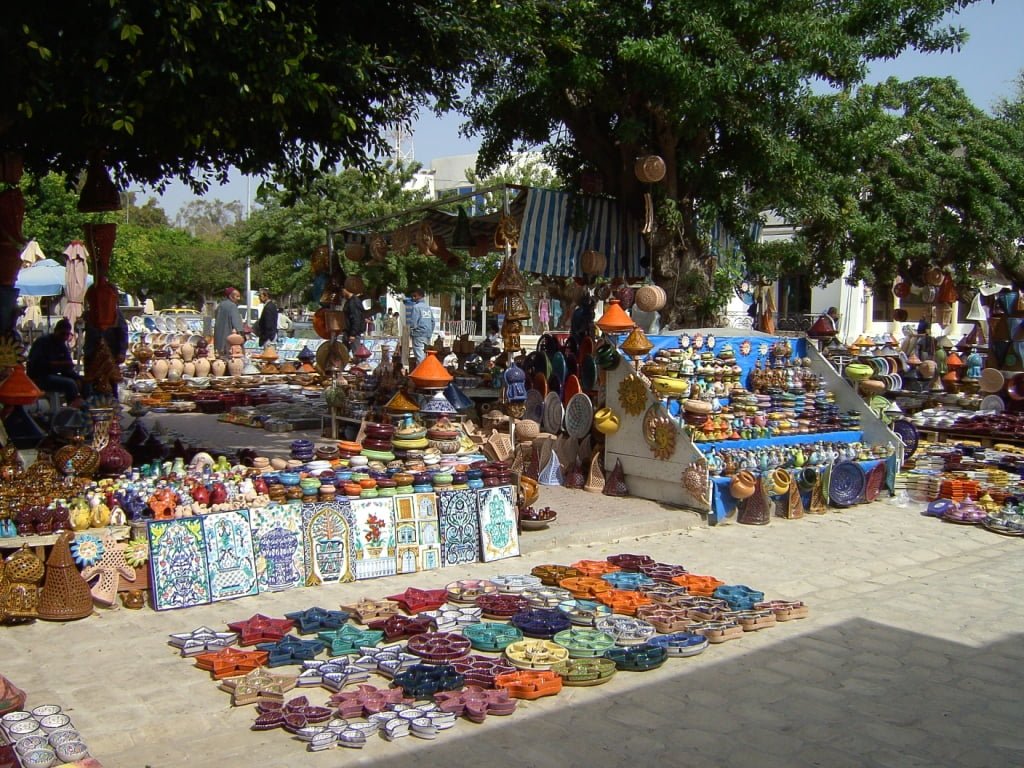Luxury watches are more than just instruments for telling time; they are expressions of art, craftsmanship, and cultural identity. In Tunisia, a country rich in history, art, and tradition, the influence of local culture on luxury watch design is both profound and inspiring. From intricate motifs inspired by ancient architecture to color palettes drawn from the natural landscape, Tunisian culture plays a significant role in shaping the aesthetics and spirit of luxury timepieces.
A Tapestry of History and Tradition
Tunisia’s cultural heritage is a tapestry woven from various influences, including Berber, Arab, Ottoman, and French elements. This rich history is reflected in the design of luxury watches that draw upon the country’s architectural marvels, traditional crafts, and artistic expressions.
Architectural Inspiration: Tunisia is home to some of the most stunning examples of Islamic architecture, with intricate tilework, arches, and domes that have inspired watchmakers to incorporate similar patterns and motifs into their designs. The geometric precision and symmetry found in Tunisia’s mosques and medinas are often echoed in the dials, bezels, and engravings of luxury timepieces.
Mosaic Art: Tunisia’s tradition of mosaic art, particularly from the ancient city of Carthage, is another significant influence. The intricate designs and vibrant colors of Tunisian mosaics are reflected in the dials and watch faces, where tiny, meticulously placed elements come together to form a cohesive and beautiful whole. This influence is evident in limited-edition pieces that celebrate Tunisia’s artistic legacy.
Calligraphy and Arabic Script: The elegance of Arabic calligraphy, a cornerstone of Islamic art, has found its way into luxury watch design. Watchmakers sometimes incorporate Arabic numerals, inscriptions, or calligraphic motifs into their timepieces, adding a touch of cultural sophistication that resonates with both local and international collectors.
The Natural Beauty of Tunisia
Tunisia’s diverse landscapes, from the golden sands of the Sahara to the azure waters of the Mediterranean, provide endless inspiration for luxury watch designers. The country’s natural beauty is often mirrored in the color schemes, materials, and textures used in luxury watches.
Desert Hues: The warm, earthy tones of the Tunisian desert have inspired the use of gold, bronze, and copper in watch cases and dials. These colors not only evoke the timelessness of the desert but also complement the rich, sun-kissed skin tones of those who wear them.
Mediterranean Blues: The deep blues and turquoises of the Mediterranean Sea are frequently used in the design of luxury watches, particularly in the dials and straps. These colors capture the essence of Tunisia’s coastal beauty, offering a refreshing and tranquil aesthetic that appeals to those who cherish the sea.
Natural Materials: Luxury watchmakers sometimes incorporate locally sourced materials, such as leather from Tunisian artisans, into their designs. This not only supports local craftsmanship but also adds an authentic, organic element to the timepieces.
Cultural Symbolism and Storytelling
Luxury watches designed with Tunisian influence often tell a story, drawing on the country’s myths, legends, and cultural symbols. These timepieces become more than just functional accessories; they are narrative pieces that carry the weight of history and tradition.
The Carthaginian Legacy: The ancient civilization of Carthage, with its legendary figures like Hannibal, has inspired watch designs that celebrate Tunisia’s illustrious past. Elements such as the crescent moon, symbolizing Carthage’s Phoenician roots, or depictions of elephants, a nod to Hannibal’s famed war elephants, are subtly integrated into watch designs.
The Jasmine Flower: The jasmine, Tunisia’s national flower, symbolizes purity and serenity. Its delicate form and fragrance have inspired elegant, floral motifs in watch dials and engravings. Watches featuring jasmine-inspired designs are often seen as tributes to Tunisia’s natural beauty and cultural identity.
Berber Patterns: The Berber culture, with its unique symbols and patterns, has left a lasting mark on Tunisian design. These geometric patterns, often seen in Berber textiles and jewelry, have found their way into luxury watch design, adding a touch of ethnic authenticity and cultural depth.
The Global Appeal of Tunisian-Inspired Designs
While these culturally rich designs are deeply rooted in Tunisian heritage, their appeal extends far beyond the country’s borders. International collectors and enthusiasts are drawn to the exotic and unique elements that Tunisian culture brings to luxury watches. These timepieces offer something different from the conventional designs seen in other parts of the world, making them highly sought after by those who appreciate art, history, and culture.
The fusion of traditional Tunisian elements with modern watchmaking techniques creates timepieces that are both timeless and contemporary, making them relevant in today’s global market. As more watchmakers explore and incorporate Tunisian cultural motifs, the country’s influence on the luxury watch industry is likely to grow, further establishing Tunisia as a source of inspiration in the world of horology.
Conclusion
The influence of Tunisian culture on luxury watch design is a testament to the country’s rich history, diverse landscapes, and artistic traditions. By blending traditional elements with modern innovation, luxury watches inspired by Tunisia offer a unique and meaningful expression of cultural pride. Whether through architectural motifs, natural color palettes, or symbolic storytelling, these timepieces not only capture the essence of Tunisia but also resonate with a global audience seeking authenticity and artistry in their luxury watches.

